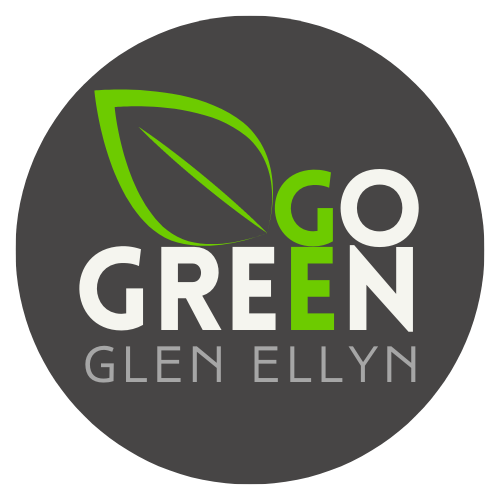Go Native!
Summer is beginning to slip away like a melting Sunset Slush! While enjoying the last few weeks, why not think about how you can increase the beauty and functionality of your backyard this fall? It's easier than you think - just plant a few native shrubs or trees!
Learn
Why Native Trees and Shrubs?
Native trees and shrubs are better at absorbing groundwater to prevent flooding and standing water on your property. Even better, they require almost zero maintenance and will look beautiful year after year!
What is a native tree or shrub?
They are plants that have “lived” in your ecological area for thousands and thousands of years. A plant is considered native if it has occurred naturally in an area without human introduction.
There are native trees, shrubs, grasses and plants (flowering and non flowering). Native plants exist for sun, shade, wet, or dry conditions, though most are very tolerant of a variety of conditions. Plants native to our area are well suited to our cold winters and warm summers.
Why native shrubs and trees?
First our favorite aspect - native trees and shrubs are low maintenance. Once established, they require very little maintenance. This saves you water, fertilizer, and most importantly, time!
Second, native shrubs and trees are excellent at absorbing groundwater. This is hugely helpful in the spring with our heavy rains and reduces the chance of flooding on your property. One of the BEST for this is oak trees! Doug Tallamy states in his book, "The Nature of Oaks," "When rain falls...[it] carries topsoil and pollutants with it to streams and then rivers, which terminate in the earth's oceans. If rainwater is slowed by vegetation, more of it seeps into the ground...[which] not only replenishes water tables but also scrubs the water clean of its nitrogen, phosphorous and heavy metal pollutants."
Native shrubs and trees support local pollinators and wildlife. Migrating birds are especially dependent on the food provided by native shrubs and trees (in the form of seeds and insects!) as they make their journeys south.
Oak trees are special native trees. They can live on average up to 900 years, support more than 500 caterpillar species and over 100 different animals (many of them birds). By contrast, the Bradford or Callery Pear, a non-native tree, supports zero caterpillars or birds. Without food to eat, insect and bird populations will decline. Planting natives in your yard help to protect our planet, one little corner at a time.
We encourage you to take a look at planting one or multiple oak trees this year or another native tree or shrub. Fortunately, you can easily shop at home and pick up in Glen Ellyn through the Glen Ellyn Park District's Native Tree and Shrub Sale! The sale opens on August 15, but descriptions and prices are available now!
DO
Plant Native Trees and Shrubs this fall!
Tips to make the most of the Park District's Native Tree and Shrub Sale!
Survey your outdoor area to see where you might want to add plants. Take note of sun and shade, and whether the soil is wet or dry. Natives will do best when matched to these conditions, though we've found they are fairly agreeable to most anywhere!
Considering an oak tree? Why not consider multiple? Think about a forest - trees don't grow solo. Oaks grow in such a manner that when planted in a "grove" of 2-3 or more trees, their roots interconnect underground. This strengthens the trees and makes them less susceptible to damage in heavy storms.
Worried about driving a tree home?! Plants and trees come in a five-gallon container that can be transported in most vehicles
Shop early - plant varieties do sell out.
Not sure what to plant? Attend the Park District's "Conservation@Home" workshop on August 24 where you can learn more about native plants and what might be best for your yard.


